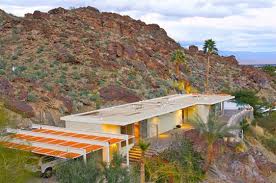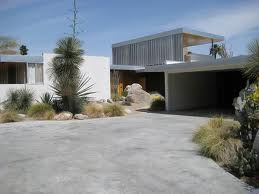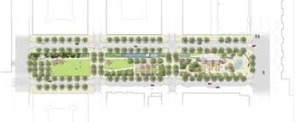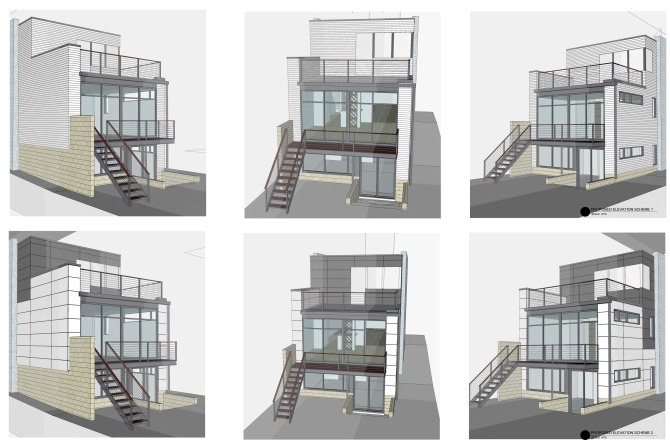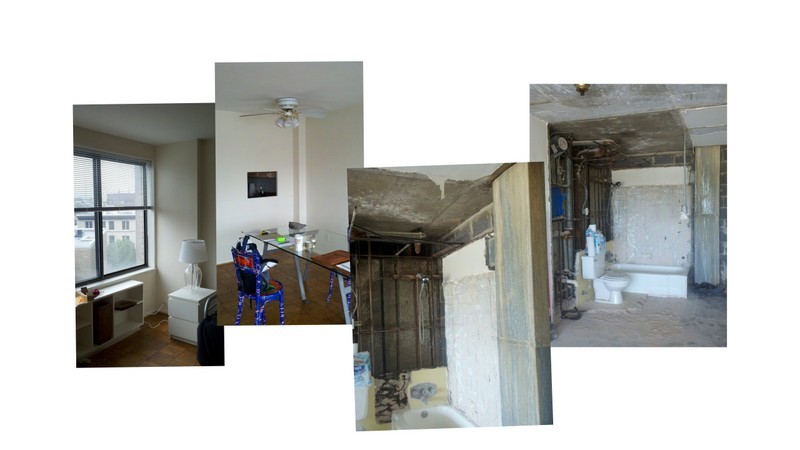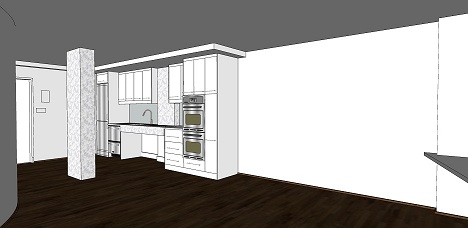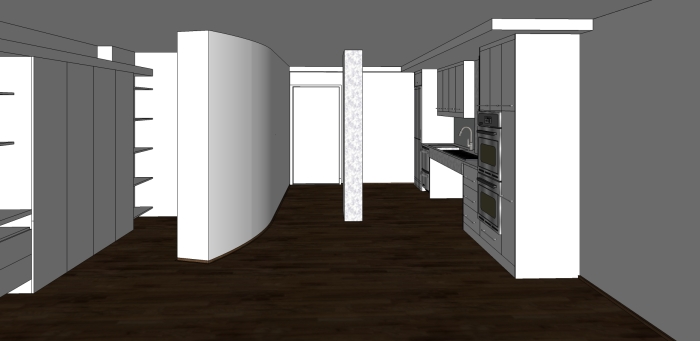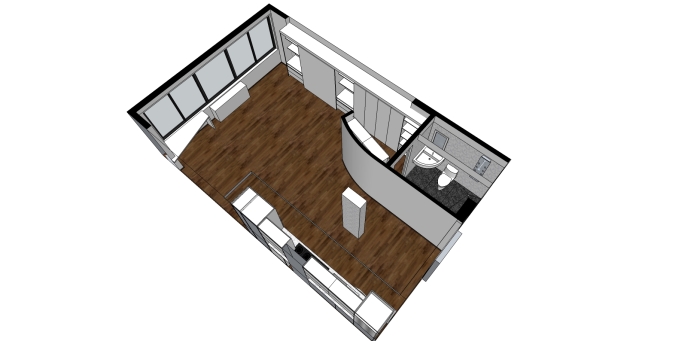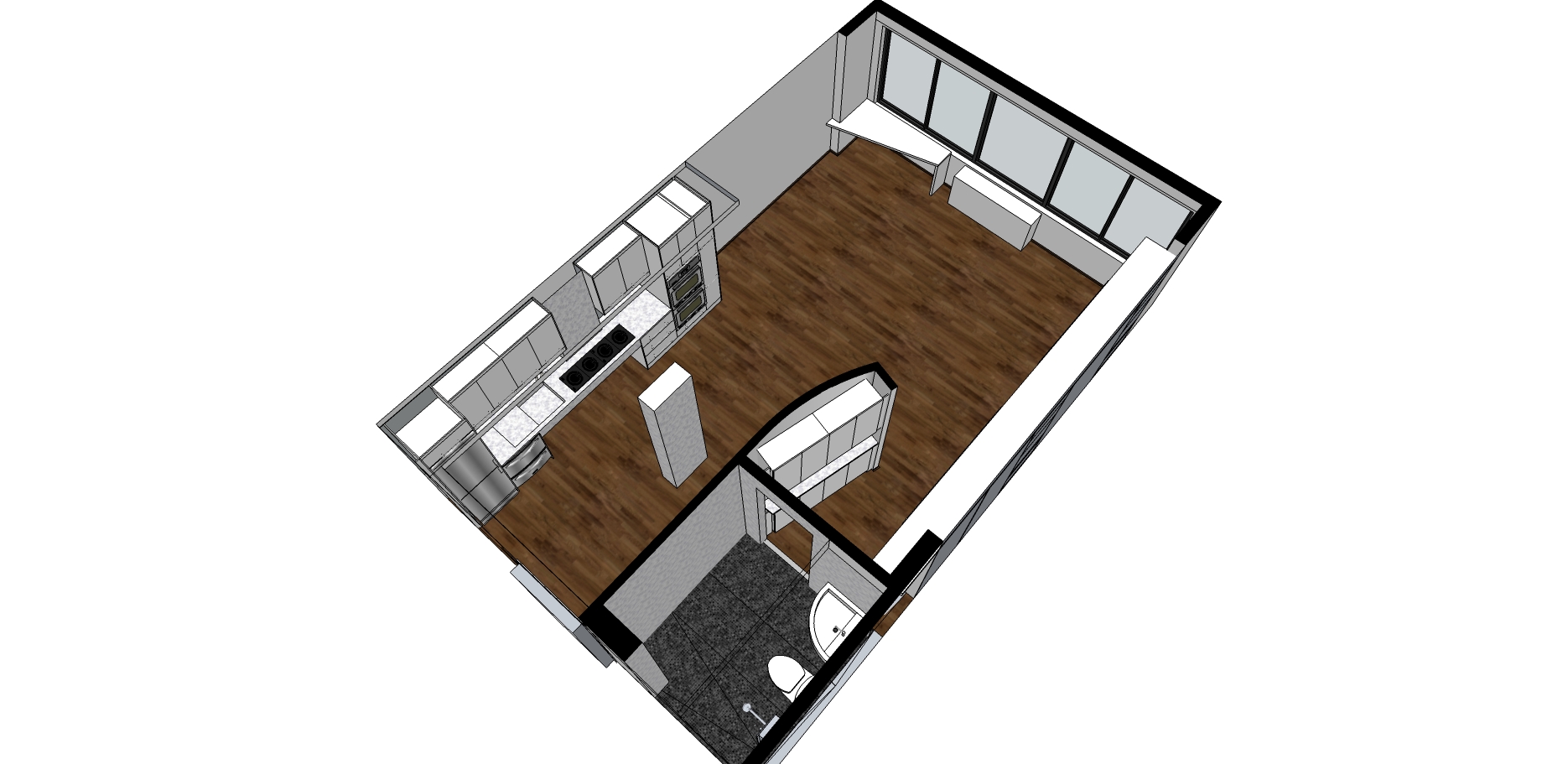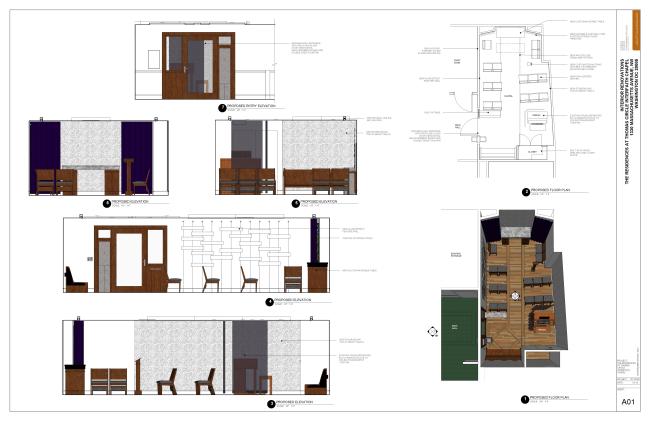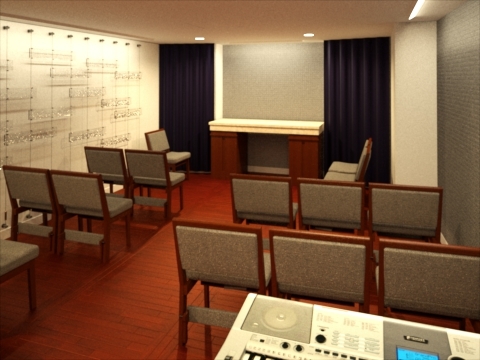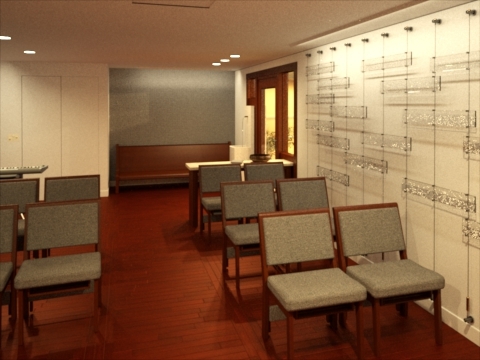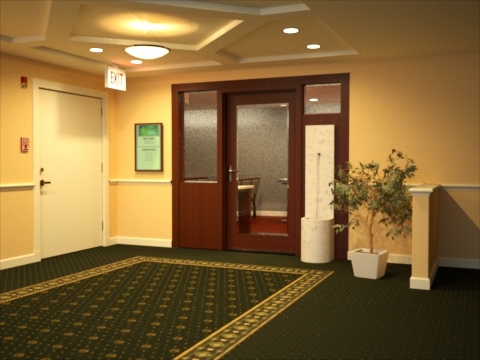Modernism Week in Palm Springs
 Friday, August 31, 2012 at 3:31PM
Friday, August 31, 2012 at 3:31PM You might notice from previous posts that I have an appreciation of, and am influenced by, Mid-Century Modern design. Next year I am hoping to get to an annual event in Palm Springs in February known as Modernism Week. This ten day long event is filled with tours, films, lectures, and other cultural events celebrating modern architecture and design. In addition to allowing professionals in the field to to network and amateur fans to revel, the conference also raises funds for preservation and for scholarships in the field.
Why Palm Springs you might ask? This desert valley city over 100 miles west of Los Angeles has one of the largest collections of Mid-Century architecture. It also is one of the birth places of modernism in the US. This small town had become a fashionable health resort by the early 20th century and it started attracting Hollywood movie celebrities in the 20s who were willing to commission innovative architects for their vacation houses. The dramatic physical environment of the desert valley in turn inspired the architects to incorporate ideas from the European Bauhaus movement and the International Style into a form know as Desert Modernism. According to a local chamber of commerce site:
“Notable for its use of glass, clean lines, natural and manufactured resources and indoor/outdoor spaces, Desert Modernism evoked a lifestyle of simple elegance and informality. Influenced by the dictates of desert living and the intense climate, the style grew out of the architects and designer's adaptive use of inventive materials, modern construction techniques, new (post-war) technologies...and served an enthusiastic and willing clientele.”
Modernism Week 2013 lasts from February 14-24. If you can't make the official event but are out west this fall, there will be an architectural bus tour and other events during DOCOMOMO National Tour Day (DOcumentation and COnservation of buildings, sites and neighborhoods of the MOdern MOvement) from October 5-8, 2012. At the moment, the full schedule of events during Modernism Week is still being posted but check the official website soon. Most importantly, tickets go on sale online in September, and they sell out quickly for this popular week.
Hopefully I'll see you there.

